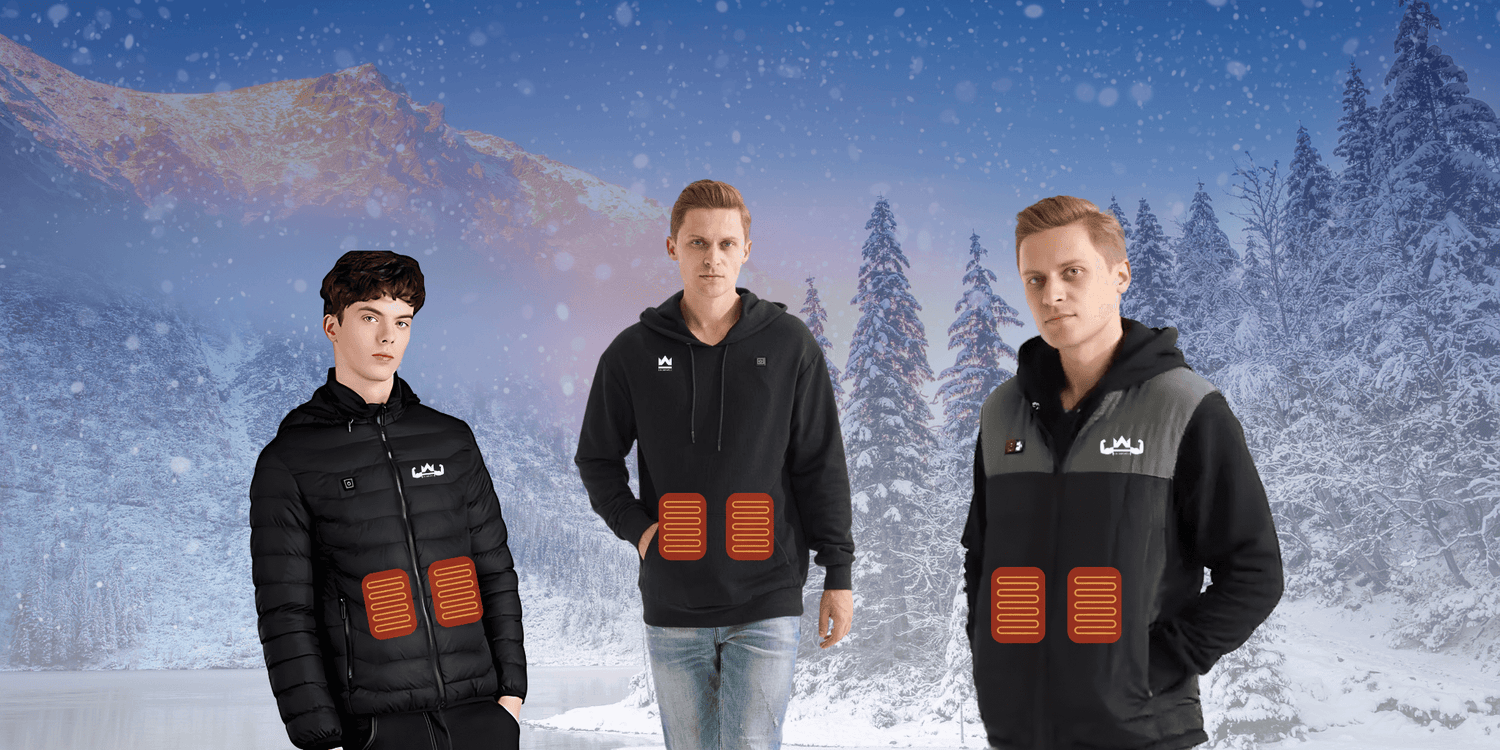
The effects of the cold and who is responsible?
Parts
A cold working environment is something no one likes to work in. But what exactly are the consequences of this? What measures can be taken? And who is responsible? Read on to get answers to these questions.
Who is responsible?
The legislation ( article 6.1 ) stipulates that the temperature in the workplace or of the product to be processed must not be detrimental to the health of the employee. It therefore falls under the employer's duty of care towards the employee. When a workplace is too cold, employees can perform less well and also become ill. This not only concerns people who work outdoors, but also employees in unheated warehouses or cold stores. Employers must take measures to prevent health damage caused by the cold.
If a low temperature cannot be avoided, the employer must:
- making personal protective equipment available;
- shorten the duration of the work;
- alternate work with work in a warm place;
- Ensure that the above points are also used/observed by the employees.
If the employer does not take any measures, you may stop your work if your health or safety is endangered. This is laid down in Article 29 of the Working Conditions Act.
What are the consequences of working in the cold?
An employee who performs work under cold conditions has an increased risk of cold (and/or freezing) injuries and/or absenteeism. It can generally be said that this increased risk arises at a temperature below 0°C, this is an assumption. The Working Conditions Act does not specify a specific temperature above which activities are more risk-bearing. Sometimes a temperature is mentioned in an occupational health and safety catalogue. Below is an overview of common risks in the short and long term.
Short-term:
- increased risk of illness, such as colds, flu;
- increased risk of respiratory diseases such as bronchitis;
- welfare complaints, hardly anyone likes working in the cold;
- increased risk of cramps, especially in the hands, especially in relation to hand and arm vibrations. It is known that several complaints can arise in the musculoskeletal system of our human body. Note: There is a (European) directive on hand and arm vibrations in which legal limits are indicated. In the Netherlands this is expressed in the Working Conditions Decree chapter 6 Physical factors, afd.3a art. 6.11a, b and c. See also occupational diseases.nl ;
- Frostbite symptoms of limbs, resulting in reduced blood flow.
Long-term:
- rheumatic complaints, due to the damp and cold conditions (this is a conjecture, it has not yet been scientifically proven);
- Raynaud's syndrome, see also https://www.hartstichting.nl/hart-en-vaatopathies/fenomeen-van-raynaud .
What measures can be taken?
Measures that can be taken when it is cold are, for example:
- Shield the workplace from cold, wind or rain.
- Let employees take a break in a warm room.
- Provide hot drinks.
- Purchase tools fitted with insulating material.
- Do not leave tools in a cold place (especially at night).
- Provide heated clothing. Heated clothing is clothing that produces heat via a power bank and thus warms the body.
Measures at the workplace: Indoor workplaces
- Inside it is important to keep the room at a good temperature and to prevent drafts.
- Provide sufficient and well-functioning heat sources.
- Provide well-distributed and easily adjustable ventilation.
- Prevent drafts by reducing airspeed.
- Provide sufficient ventilation (at least 25 m³ per hour for light work).
- Do not open windows or doors against each other.
- Provide windows with insulating double glazing (maintain a thermal insulation index of at least 14).
Outdoor workplaces
Heating an outdoor space is often difficult. Nevertheless, there are several solutions that can help protect against the cold.
- Try to provide windbreaks or shelters (against rain, wind and snow). Make sure they are placed securely.
- Provide changing rooms, washing facilities, break rooms and toilets with a temperature just above room temperature.
- Provide opportunities to dry and change gloves and socks.
- Provide warming clothing
Other workplace tips
- Prevent cooling down due to cold floors with wooden or plastic decking.
- Make sure the floor stays dry.
- Cover tools, tools and machines to prevent (for example) ice formation.
- Avoid contact with cold materials.
- Know the temperature limit of machines and tools, so that unsafe situations do not arise.
Personal protection against the cold
As an employer, make sure that the right clothing, gloves, etc. are made available to the staff and that they are actually used.
- Wear warm and insulating clothing.
- Wear ventilating underwear and outerwear to avoid sweating.
- Wear warming clothing
- Wear several layers of clothing that you can easily remove.
- In case of rain or wind, wear waterproof, vapor permeable hooded overgarments, gloves and waterproof boots.
- Wear gloves. There are special contact gloves for when you have to operate tools or machines.
- Wear safety shoes or safety boots with thick soles and thick, woolen socks.
- Immediately replace wet socks with dry socks.
Extra measures in extreme cold
Are you dealing with very cold conditions? Then take additional measures.
- Adjust work schedules and take breaks more often.
- Drink warm drinks and take breaks in a room just above room temperature.
- Check whether work can be carried out at a different, warmer location.
- Request training and information to adequately deal with cold and risks, such as frostbite.
- At temperatures below -6 °C: stop work.




